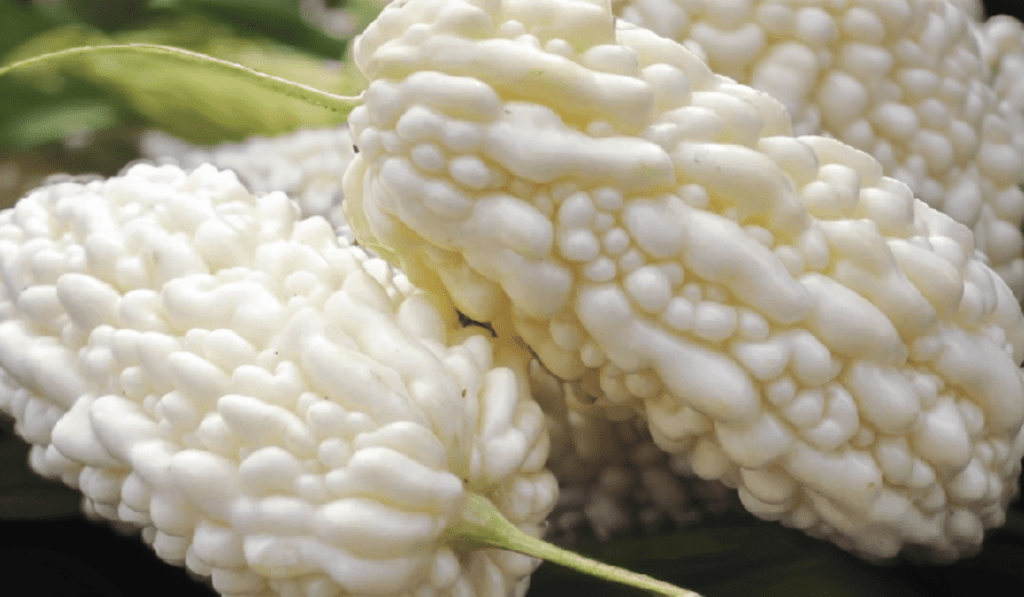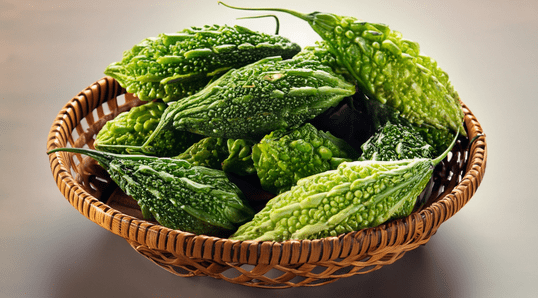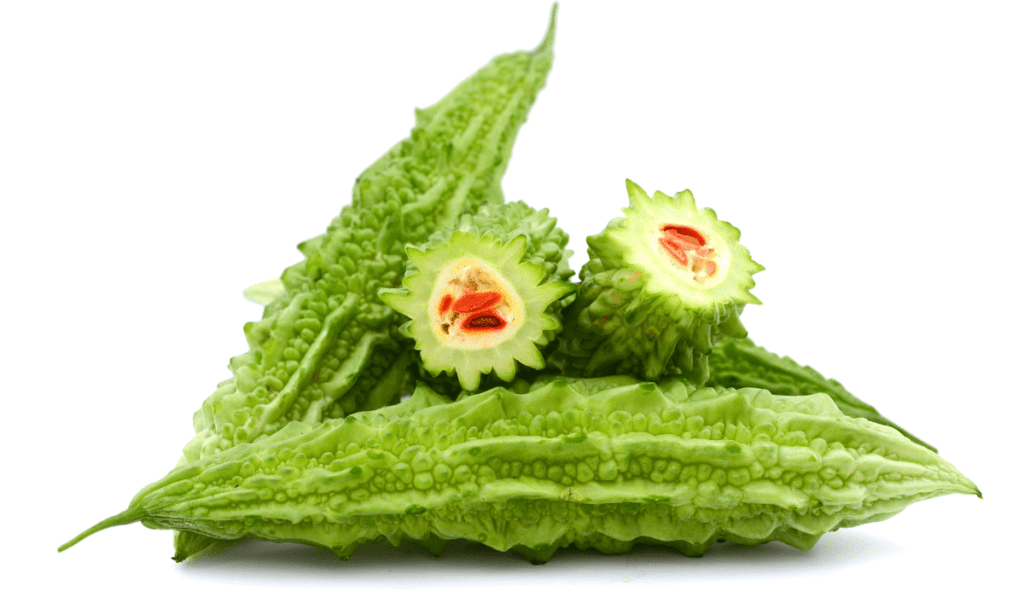Cultivating White Bitter Gourd can be a rewarding experience, provided you follow these expert-recommended steps to ensure a thriving and bountiful harvest.
1. Select an Ideal Sunlit Spot:
Begin your White Bitter Gourd journey by selecting a location that receives abundant sunlight. Sunlight is a crucial factor for the robust growth and fruitful development of White Bitter Gourd. Choose a spot that gets at least 6-8 hours of direct sunlight daily. This ensures that your plants receive the energy they need for photosynthesis, promoting healthy growth and a successful harvest.
2. Prepare Well-Draining Soil:
Soil preparation plays a pivotal role in the success of White Bitter Gourd cultivation. Prioritize well-draining soil enriched with organic matter. White Bitter Gourd thrives in soil that is rich, loose, and well-aerated. To achieve this, incorporate compost or well-rotted manure into the soil. This not only enhances fertility but also improves soil structure, providing an ideal environment for root development.
3. Seed Starting Indoors or Direct Sowing:
The decision to start seeds indoors or sow them directly in the garden depends on your local climate and growing season. Starting seeds indoors offers a head start, especially in areas with a short growing season. Use biodegradable pots or seed trays filled with a seed starting mix. Transplant the seedlings outdoors when they have developed a couple of true leaves and the risk of frost has passed. Alternatively, if your region has a longer growing season, you can directly sow the seeds in well-prepared soil.
4. Provide Sturdy Support for Vines:
Recognize that White Bitter Gourd is a climbing vine, and providing proper support is essential for its growth. Install trellises, stakes, or other robust structures that guide the vines upward. This not only optimizes space but also aids in proper fruit formation. Ensure that the support is sturdy enough to withstand the weight of the growing vines and fruits. Regularly check and secure the vines to the support to prevent damage.
5. Consistent Watering:
Maintaining a regular watering schedule is critical for the success of White Bitter Gourd cultivation. While the plant prefers consistently moist soil, it’s essential to avoid waterlogged conditions. Water the plants at the base to keep the soil consistently damp. Use a soaker hose or drip irrigation to provide a slow, steady supply of water. Water in the morning to allow foliage to dry before evening, reducing the risk of diseases.
6. Organic Fertilization:
Opt for organic fertilizers specifically formulated for vegetable plants. White Bitter Gourd benefits from a balanced fertilizer that includes essential nutrients. Apply organic fertilizers at recommended intervals, following package instructions. This promotes robust growth, healthy foliage, and optimal fruit development. Avoid over-fertilizing, as this can lead to excessive vine growth at the expense of fruit production.
7. Mulching for Moisture Retention:
Mulching around the base of White Bitter Gourd plants offers multiple benefits. It helps retain soil moisture, suppresses weeds, and regulates soil temperature. Apply a layer of organic mulch, such as straw or shredded leaves, to create a protective barrier. This conserves moisture, reduces competition from weeds, and keeps the soil temperature stable. Mulching also contributes to overall soil health and minimizes the need for excessive watering.
8. Pest Monitoring and Management:
Regularly inspect your White Bitter Gourd plants for potential pests, such as aphids or whiteflies. Early detection is key to effective pest management. Aphids are small, sap-sucking insects that can be dislodged with a strong stream of water or controlled with insecticidal soap. Whiteflies, which leave a white, powdery residue when disturbed, can be managed with the introduction of natural predators like ladybugs. Monitoring for pests allows for timely intervention, ensuring the health of your plants.
9. Harvest at the Right Time:
Harvesting White Bitter Gourd at the right time is crucial for optimal taste and continuous fruit production. Harvest the fruits when they are young and tender, typically 4-6 inches in length. Use a sharp knife or pruning shears to cut the fruits from the vine, taking care not to damage the plant. Regular harvesting encourages the plant to produce more fruits, extending the harvest season. Enjoy the fresh, homegrown White Bitter Gourd in your favorite culinary creations.
Incorporating these meticulous steps into your White Bitter Gourd cultivation routine sets the stage for a successful and gratifying gardening endeavor. From the initial stages of choosing the right location to the joy of harvesting, each step contributes to the overall success of your White Bitter Gourd garden. Happy planting!



